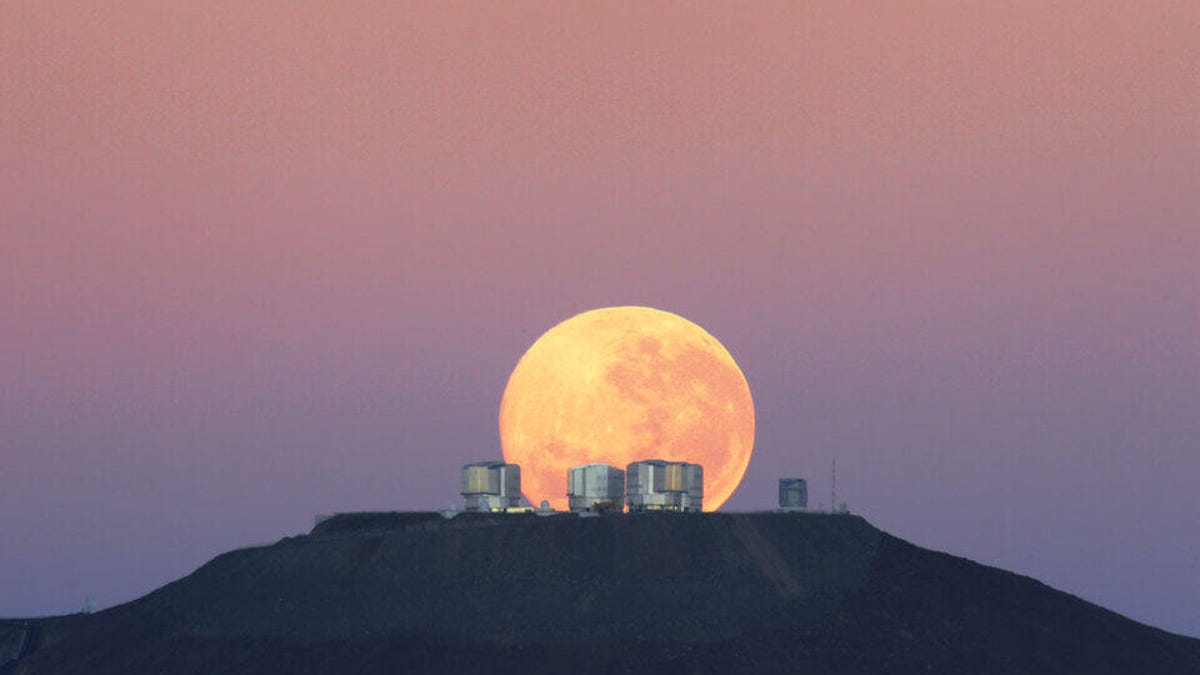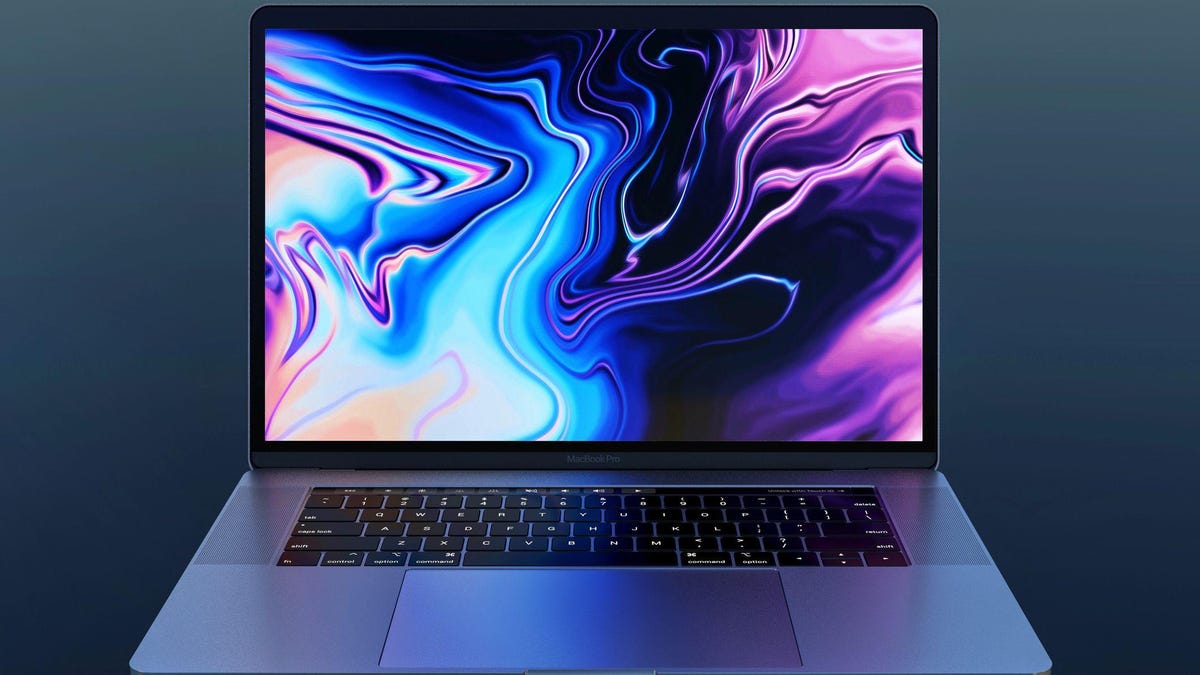2021 QM1: How Humankind’s most risky asteroid nearly escaped astronomers
We’re safe for now, folks! 2021 QM1, an asteroid previously projected to hit Earth on April 2, 2052, has been removed from global risk lists. This relieving revelation is due to skilled observation from The European Southern Observatory’s Very Large Telescope (VLT), one of the world’s most advanced astronomical observatories.
Discovered on August 28, 2021 by the Mount Lemmon Observatory, north of Tucson Arizona, 2021 QM1’s discovery was initially innocuous – after all, about a dozen new near-Earth asteroids are discovered every night. However, routine follow-up observations from telescopes around the world slowly began to reveal a very salient threat.
Richear Moissl, the European Space Agency’s (ESA) Head of Planetary Defense, said, “These early observations gave us more information about the asteroid’s path, which we then projected into the future.”
“We could see its future paths around the Sun, and in 2052 it could come dangerously close to Earth. The more the asteroid was observed, the greater that risk became.”
2021 QM1 continued to gain precedence on the ESA’s risk list as data grew, an unusual occurrence as, generally, data shrinks uncertainties, proving asteroids to be safe after all.
SEE: NASA’s asteroid mission has been pushed back by software delays
However, as risk continued to increase and the necessity for information on the asteroid grew, an unfortunate cosmic alignment occurred. As the asteroid’s path brought it closer to the Sun, solar glare made the asteroid impossible to detect. As 2021 QM1’s orbit brought it farther away from Earth, ESA astronomers feared that, between the sun’s glare and the asteroid’s orbit, the asteroid would be too faint to image and new data would be impossible to record.
As a result, on the night of May 24th, astronomers were all too aware that they had a very brief window to track one of humanity’s biggest threats. To compound the situation, 2021 QM1 passed through a region of the sky backlit by the Milky Way. Essentially, VLT was tasked with identifying a faint and fading asteroid against a backdrop of the second-largest galaxy in the Local Group.
SEE: On July 12, we’ll see the universe like never before
“These would turn out to be some of the trickiest asteroid observations we have ever made,” explained Olivier Hainaut, veteran Astronomer at ESO.
However, the result of May 24th’s pictures were positive — a definite detection of the faintest asteroid ever observed. Indeed, 2021 QM1 was 250 million times fainter than the faintest stars available to the naked eye in a dark spot. The data from VLT was sufficient to refine the asteroid’s path and eliminate the possibility of impact in 2052.
As the ESA reports, one down, thousands to go. More than one million asteroids have been discovered within the solar system, and almost 3,000 of those pass near Earth. Though the threat of 2021 QM1 no longer looms, telescopes of ever-increasing power may still discover an impending collision in the distant future.




